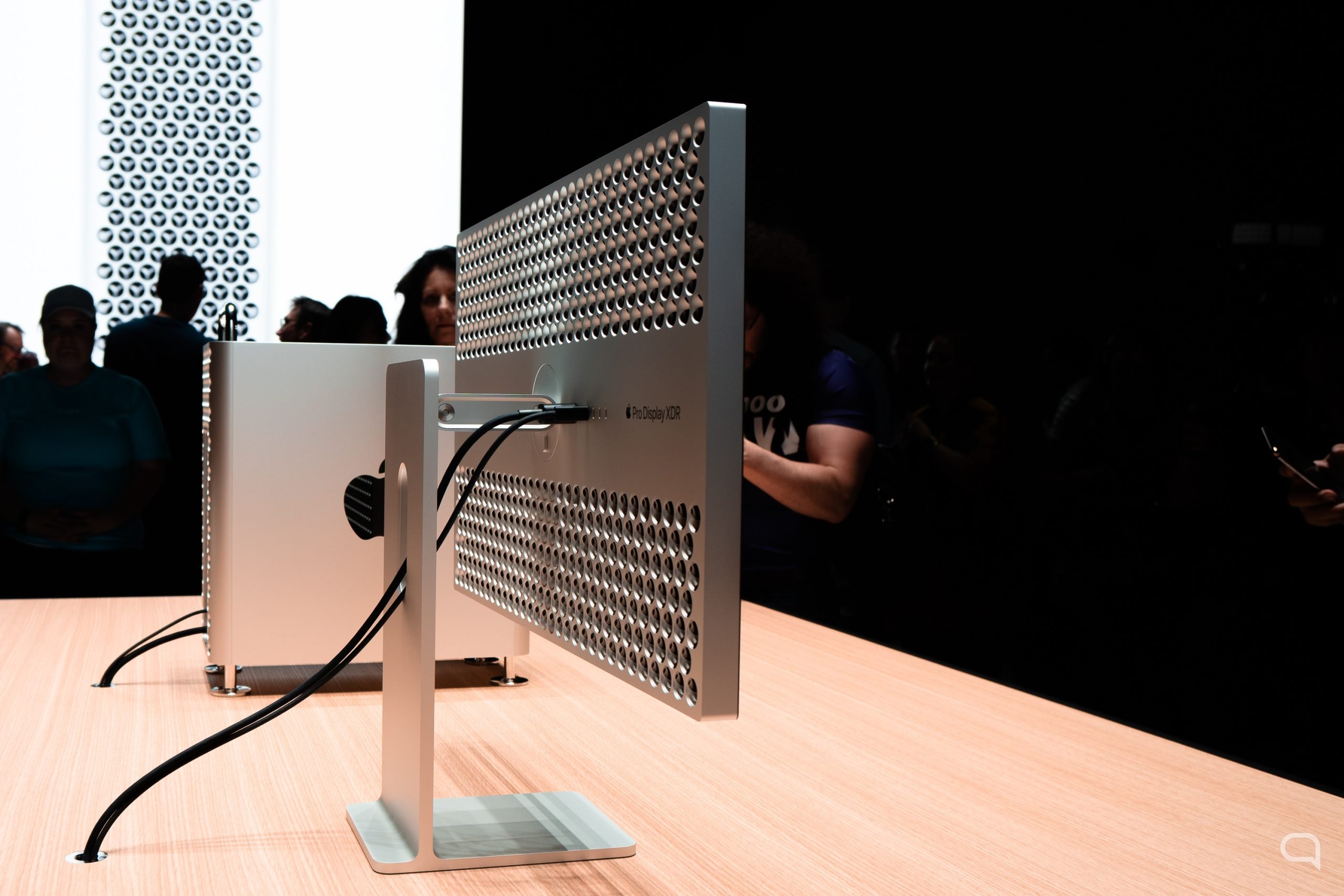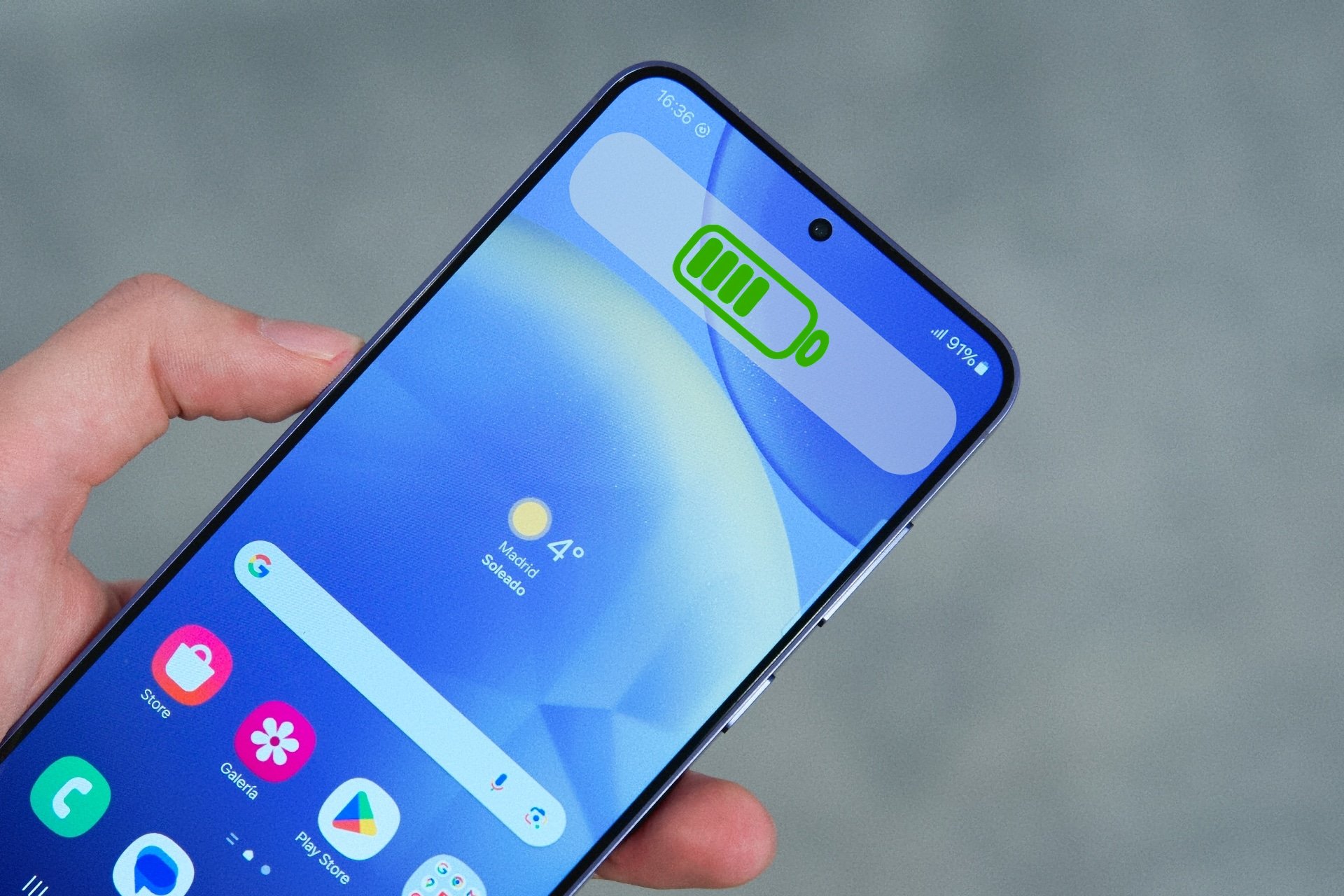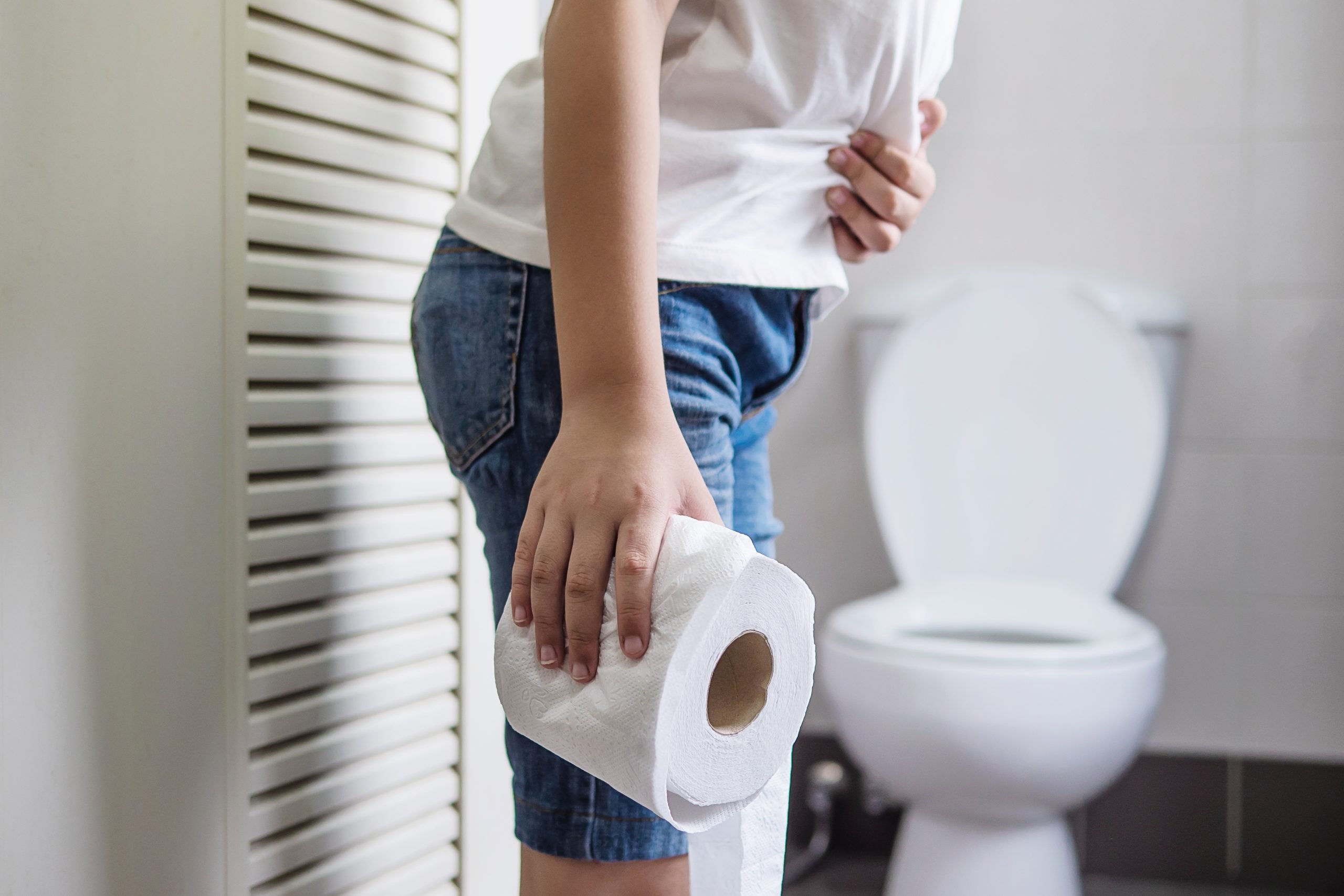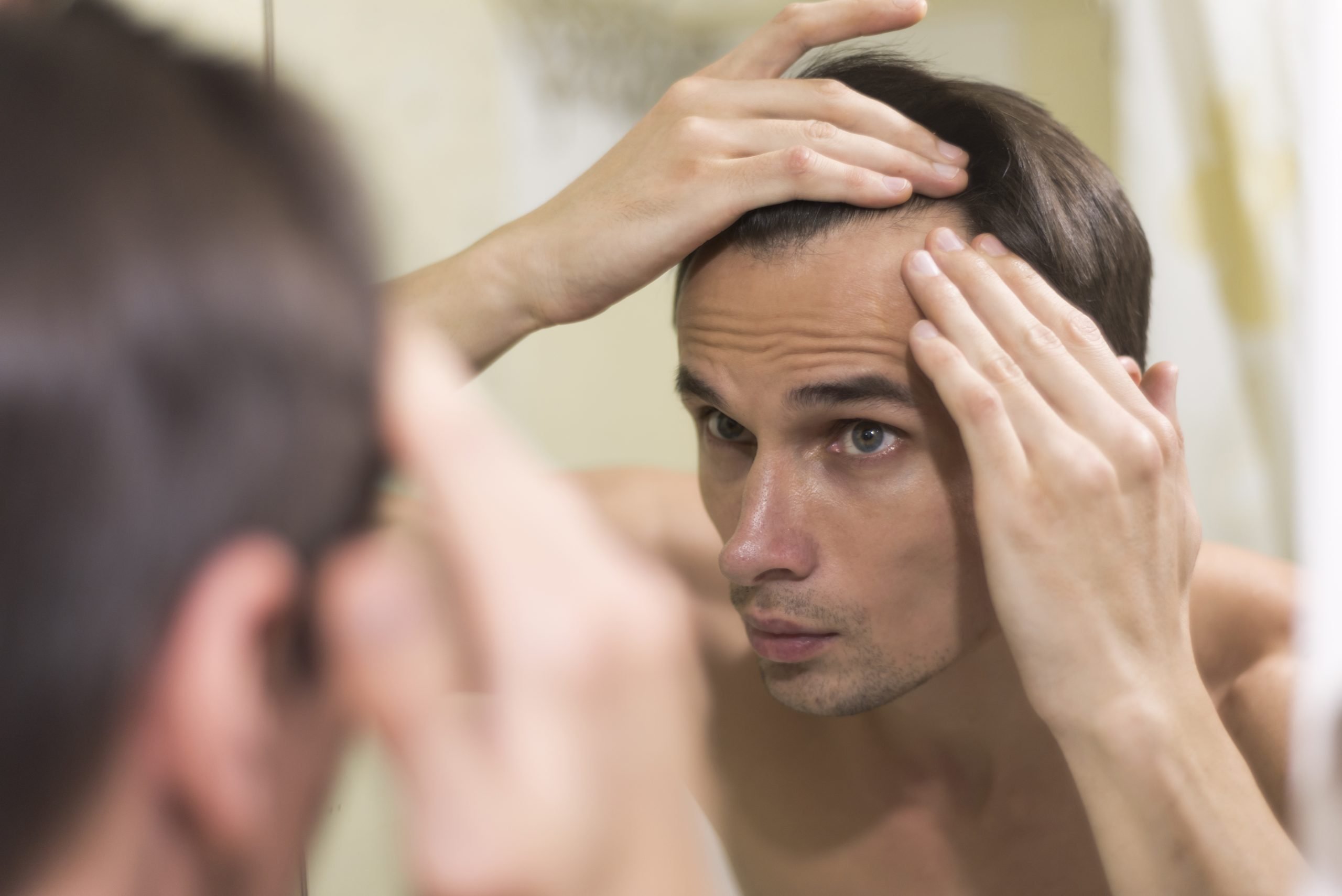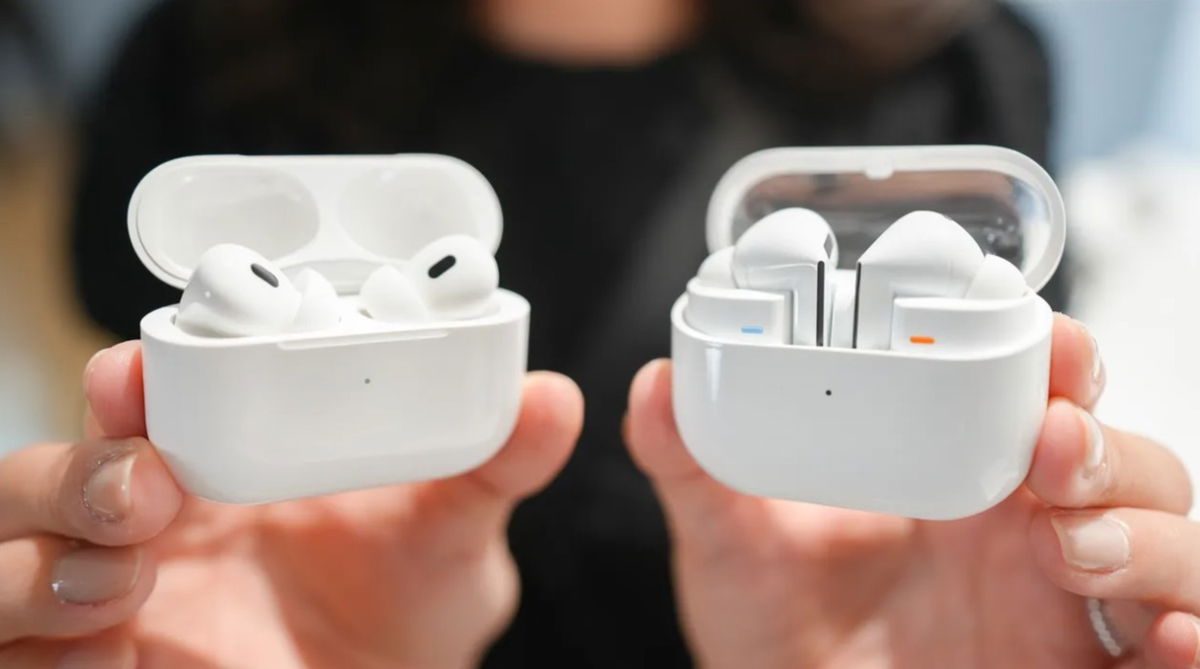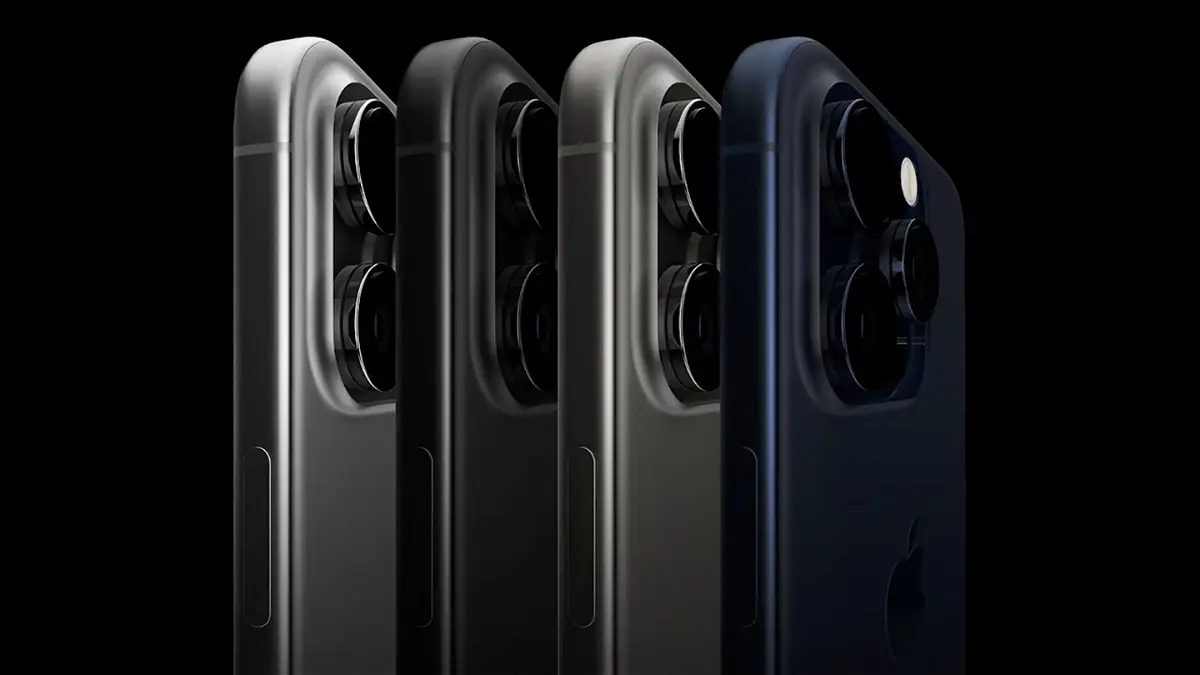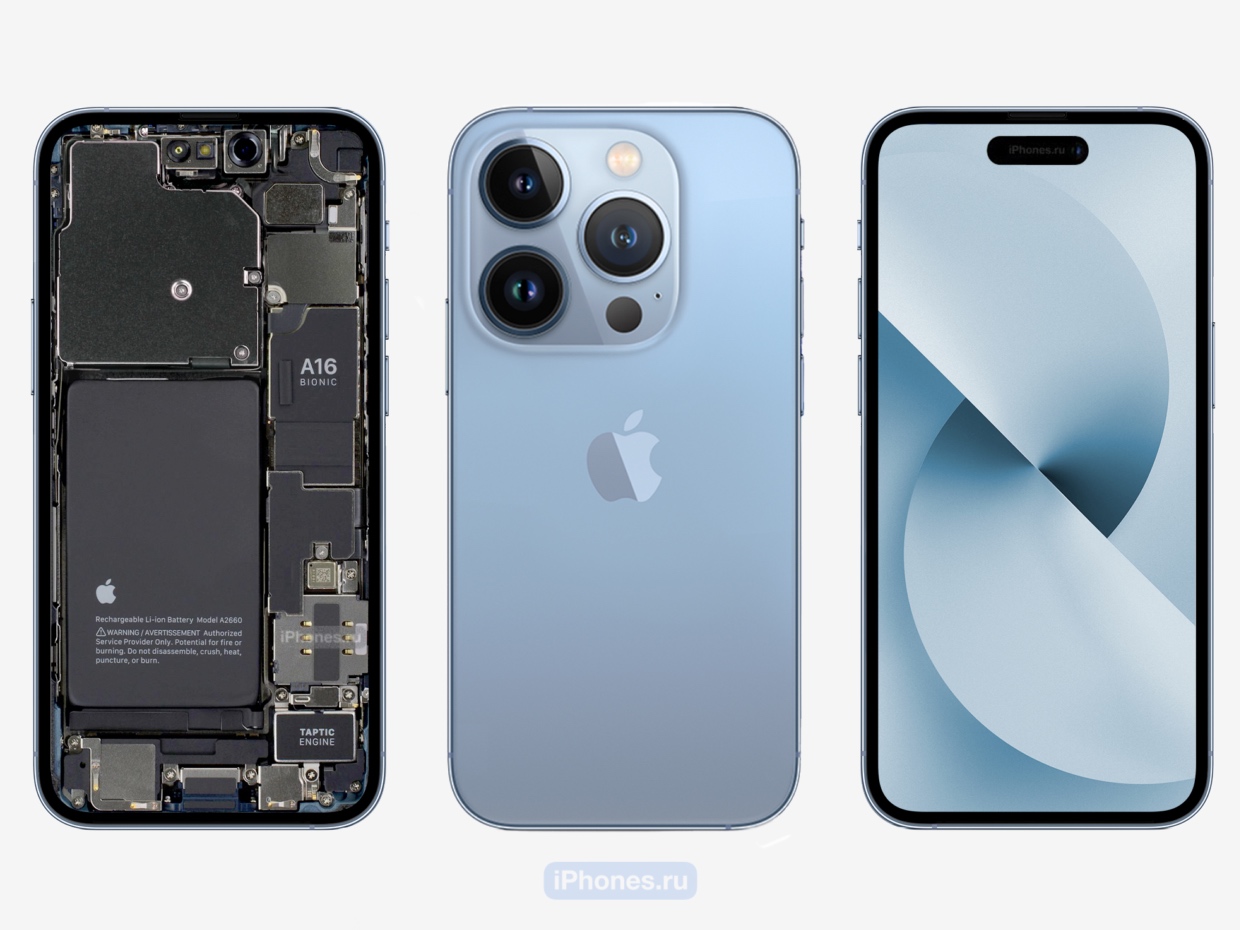stevia It is considered one of the best sweeteners. It provides sweetness in very small amounts, calorie consumption is very low, it does not affect blood glucose levels, and there are virtually none of the health problems that other sweeteners have been found to have when taken above a certain amount. Moreover, its plant origin gives it additional benefits such as: excellent antioxidant power. Now, as if that weren’t enough, we know that may enhance the effect of minoxidilone of the most commonly used drugs against alopecia.
Of course, before you start filling all your sugar bowls with stevia, if you use minoxidil, you should know that This is not about consuming the sweetener orally.. A team of Chinese and Australian scientists found that stevia helps produce minoxidil. better absorbed by the skin. To do this they used a mechanism based on microneedling.
You should also know that they studied it in mice. The results have been great, so they’re hoping to start clinical trials on humans. But just in case, these results on sweeteners and alopecia should be taken with a grain of salt.
How does minoxidil work in the treatment of alopecia?
Before we talk about the role of stevia as a minoxidil enhancer, we need to know how this drug works. This is one of the many cases of serendipity that exists in the history of science. And it was formulated for a completely different purpose, but a very beneficial side effect was discovered.
Specifically, it was a drug to treat high blood pressure. However, one of its side effects was hypertrichosis. That is, more hair growth. Therefore, it was thought that it might be useful for treat alopecia.
Interestingly, despite its widespread use, the exact mechanism of action of this drug is unknown. It seems that Helps increase blood flow to hair folliclesso more oxygen and nutrients to cells involved in hair growth. Nothing else is known, but this is enough to understand why so many people use it.
It is usually used in a solution that is rubbed into the scalp. This is the best way for minoxidil to achieve hair follicles, although in fact it is not known to be easily absorbed into the skin. Many substances have been tested to improve absorption, but none have produced results as good as those now proven with stevia.
Why stevia?
In fact, what we take as a sweetener is not stevia per se. This plant: Stevia rebaudiana. The sweet taste comes from molecules known as steviosides. This is what is used for sweetening and is also what these scientists used to enhance the anti-alopecia effects of minoxidil. They tried several substances and saw that this gave the best results. In combination with minoxidil helps it dissolve in waterwhich makes it easier to penetrate the skin.
An ideal sweetener for hair growth.
To test the effect of a mixture of steviosides and minoxidil, these scientists did several experiments. patches with microneedles loaded by both connections.
They tested them in some genetically modified mice produce less hair. For 35 days, they tried different treatment options, including minoxidil alone or a mixture with stevia. The greatest hair growth was found when using this mixture. In particular, there was 67.5% coverage in the treated area by the 35th day. If minoxidil alone was used, only 25.7% of the same area was filled over the same period of time.

The microneedling patch is not very convenient to use. So these scientists want to test different administration methods. They also hope to test different doses to determine which is minimally effective. All this, logically, should be tested in humans. Indeed, hair growth in mice occurs in much the same way, but if the results are only in rodents, then it is too early to throw bells in the air. Perhaps we have a little reason to celebrate for people with alopecia, especially androgenetic alopecia, but we must continue our investigation with caution.
Source: Hiper Textual

